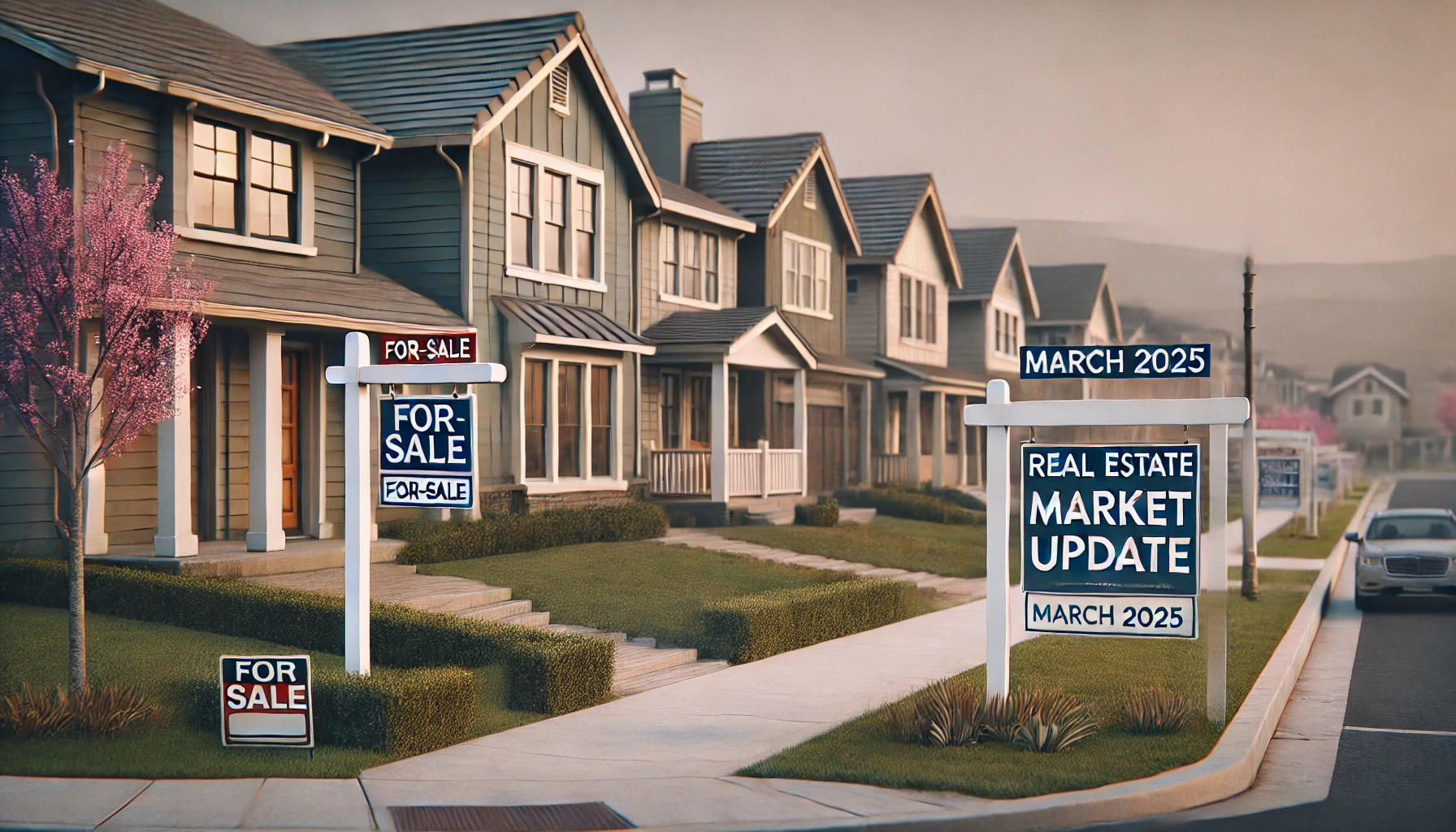On March 10, 2025, the Province of British Columbia introduced major updates to the BC Building Code (BCBC) 2024, setting higher requirements for building safety, accessibility, and climate performance. These updates are intended to make buildings more resilient, inclusive, and aligned with BC’s climate goals. Here's a brief synopsis of the changes
🏗️ Seismic Design Provisions: Building for Resilience
With seismic risks top of mind in areas like parts of the Lower Mainland, the updated code includes stricter seismic design standards.
Goal: Prevent structural collapse during earthquakes
How: Updated design criteria reflect the latest scientific data and seismic hazard maps
Who it affects: New builds in higher-risk seismic zones, including Vancouver Island and the Lower Mainland
The Province is also exploring mass timber construction as a cost-effective way to meet these new requirements.
♿ Adaptable Dwelling Units: Making Homes More Inclusive
The BCBC 2024 now requires certain residential buildings to include adaptable units—homes that can be easily modified to meet the needs of people with mobility challenges, whether due to aging, injury, or illness.
Here's what’s required:
1 in 5 units in larger residential buildings must be adaptable
1 in 5 ground-level units in small apartment or condo buildings must meet the standard
These units must include:
Wider doorways and accessible travel paths
Turning space in kitchens, bathrooms, and bedrooms
Lower placement of light switches and controls
Reinforced bathroom walls for future grab bar installation
🌱 Zero Carbon Step Code: Tracking GHG Emissions
For the first time, the Zero Carbon Step Code has been introduced into the BC Building Code. While it starts out as voluntary, all new buildings must now meet Level 1, which includes:
Measuring and reporting operational greenhouse gas (GHG) emissions
Using approved tools and energy models during design
Preparing for future, stricter levels on the road to zero-carbon buildings by 2030
Municipalities like Vancouver are already requiring more than the minimums, mandating even higher ZCSC levels for new developments.
🔌 What About Net-Zero?
The BC Energy Step Code, which works in tandem with the Zero Carbon Step Code, continues toward a goal of net-zero energy-ready construction by 2032.
Here’s the timeline:
2022: All new homes must be 20% more energy efficient than before
2027: Step up to 40%
2032: Net-zero energy-ready becomes the standard
Together, these codes push the building industry toward homes and buildings that use less energy and produce fewer emissions, without sacrificing comfort.
🕰️ Transition Period & What’s Next
Projects that began design work before March 8, 2024, may still use the previous (2018) code—as long as they apply for a building permit by March 8, 2027.
If you're applying for permits on or after March 10, 2025, these new rules apply in full.
🌱 Zero Carbon Step Code: Tracking and Reducing GHG Emissions
The BCBC 2024 incorporates the Zero Carbon Step Code (ZCSC)— a voluntary standard designed to reduce greenhouse gas (GHG) emissions from new buildings. As of March 10, 2025, all new buildings must meet at least Level 1 of the ZCSC.
What Level 1 Requires:
Measurement and Disclosure: Builders must measure and report the expected operational GHG emissions of the building, based on energy usage and fuel types.
Tracking Systems: Buildings must include systems to monitor and report emissions going forward. This ensures that ongoing performance is aligned with design expectations.
These Province says these requirements lay the foundation for future steps toward zero-carbon buildings by 2030 and net-zero energy-ready buildings by 2032. Municipalities have the option to mandate higher levels depending on local climate action plans—with Vancouver already requiring more.
What do you think? It’s obvious this will increase construction costs and ultimately cost more for the end user. Do you think it’s worth it? Maybe there are ways to mitigate extra costs through grant programs and tax incentives?







